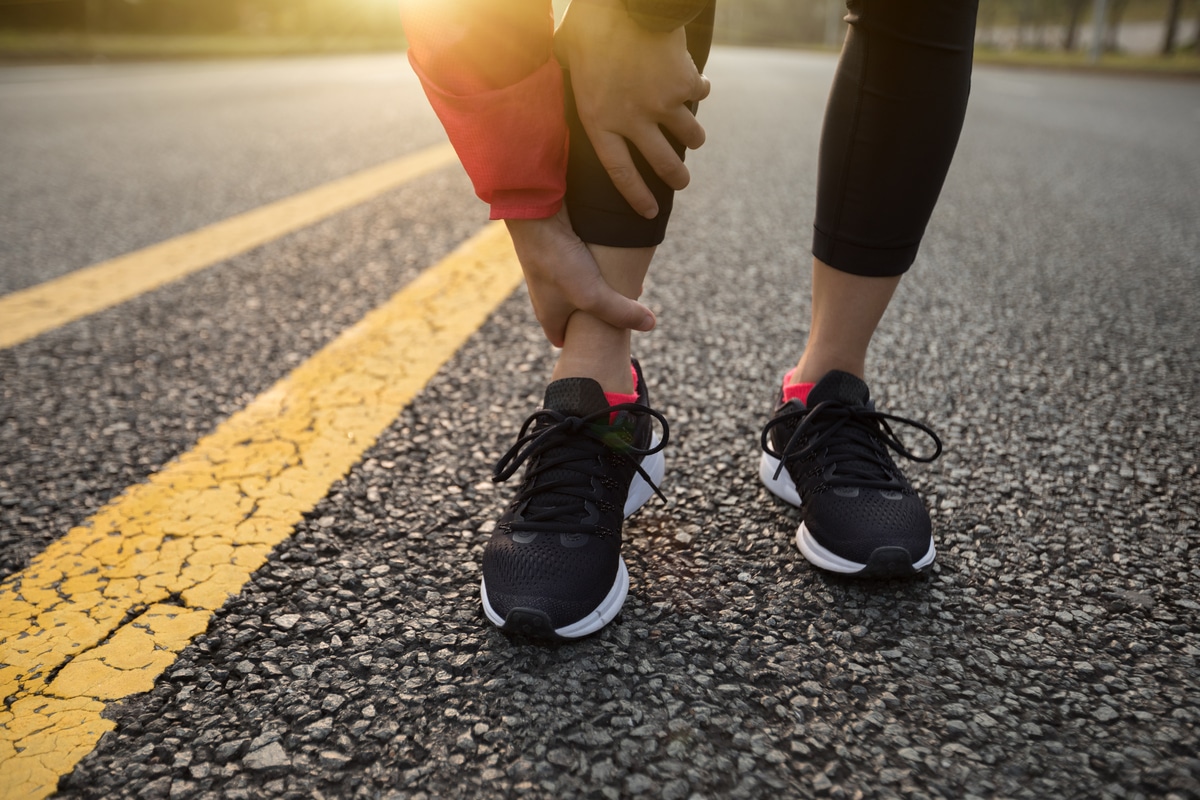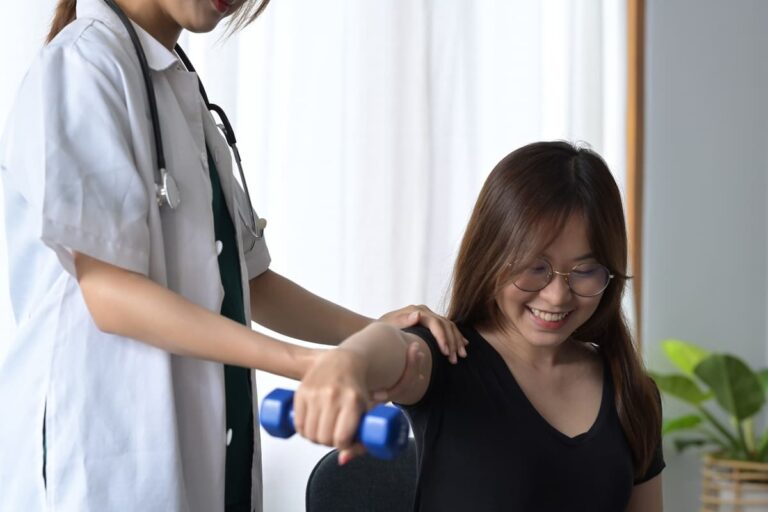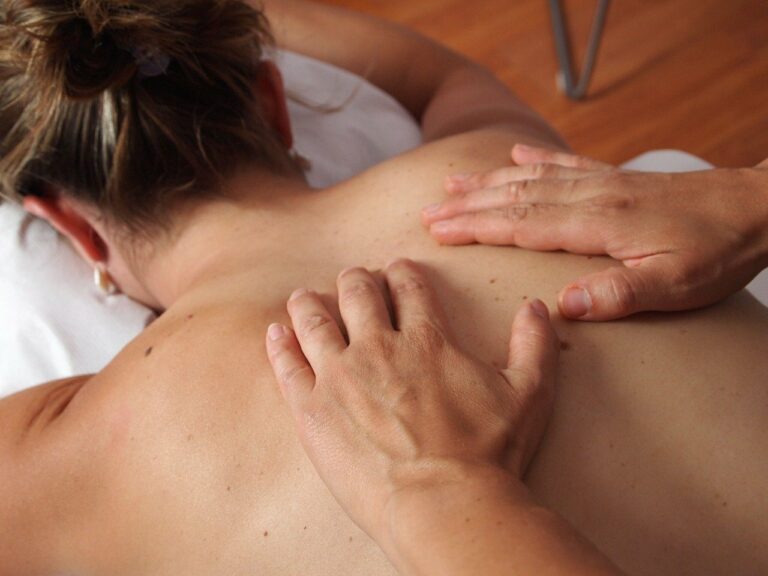Exercise is beneficial to one’s health, although injuries are shared when people participate in sports or other physical activities. A sports injury occurs when a component of your body is damaged due to sports, training, or athletic activity. Sports injuries are a common occurrence, and they may affect any part of the body. Sports injuries may affect the muscles, ligaments, and bone tendons, among other bodily functions. Treatment of sports injuries varies depending on the seriousness of the injury.
For instance, treatment may include using ice, compressions, pain relievers, and prescription medicine. Specific injuries, however, necessitate medical intervention, such as hospitalization, physical therapy, or surgery. Various special devices such as Solio Therapy have been invented to help treat sports injuries.
Notwithstanding this, coping with a sports injury can be upsetting and can create difficulties such as sleeplessness, but full recovery is even more crucial to get back to doing what you love.
Here are some of the ways to incorporate special devices in the treatment of sports injuries
1. Treatment plans based on digital modeling
Digital modeling is quickly becoming a popular therapy option for sports-related ailments. This technique helps medical practitioners better understand the degree of sports injuries by using computer-generated models of various body sections. Suppose you have a soft tissue injury in your groin, for example. In that case, it might assist doctors in determining the best course of action, such as limiting mobility or working with a trainer to rehab the non-injured regions properly to avoid additional damage. Concussions, for example, can be detected early with the use of digital modeling technologies. Early detection allows for quicker treatment, reducing both the impact of a sports injury and the length of time spent recovering. Just like any other type of injury, healthy meals are recommended for faster recovery.
2. Injuries can be treated using water treatment
The usage of this technology to treat sports injuries has been around for a long time. When an injured athlete is submerged in water, it functions as an anti-gravity field, allowing them to lose weight. This implies there’s a lower chance of re-injury while you’re recovering. Aquatic treatment has recently been coupled with other technology to aid in the rehabilitation and recovery of sports injuries. The mix of technology and aquatic therapy is projected to continue developing, from recording equipment that helps monitor wounded individuals while they receive treatment to moveable water pool floors that allow for various exercises. More doctors are advocating this alternative to wounded sportspeople to help them restore muscular strength and prevent the adverse effects of straining their bodies.
3. Wearable monitors that record vital information
Wearable monitors are considered an excellent way to enhance the benefits of digital modeling for sports injury therapy. The monitors don’t have to be separate; they can be readily integrated into existing hardware or even apparel to collect information on a sports player’s health while training and playing. This equipment is beneficial for data on any brain damage sustained while playing. Medical specialists can comprehend how such injuries occur and their impact on an individual with the correct software. Smart Socks, fitted with pressure sensors to assist analyze the potential and extent of running injuries, are one such implementation of the technology.
In conclusion, healing from a sports injury entails more than simply taking your time to heal, regain mobility, and return to full physical functionality. You must focus on restoring your sporting abilities and increasing your conviction before returning to competitive play. This will help you feel better about the psychological aspects of an injury.











